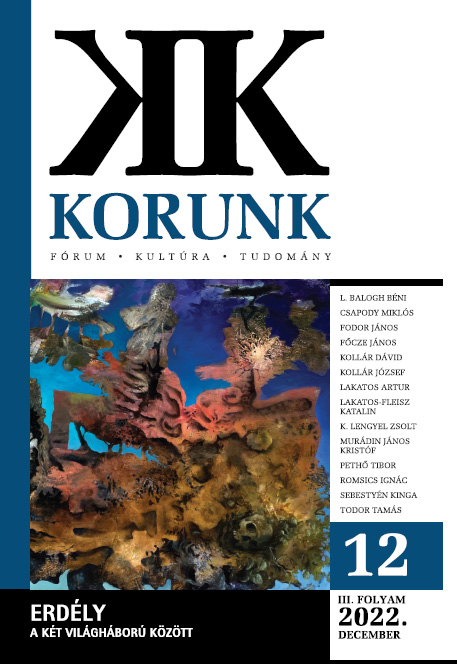Moszkva trójai falova? A MADOSZ a két háború közötti Erdélyben
Moscow’s Trojan horse? The Union of Hungarian Workers of Romania (MADOSZ) in the interwar period’s Transylvania
Author(s): János FőczeSubject(s): Interwar Period (1920 - 1939)
Published by: Korunk Baráti Társaság
Keywords: Union of Hungarian Workers of Romania (MADOSZ); interwar period; Transylvania
Summary/Abstract: Controlled by the communist movement of the country, the Union of Hungarian Workers of Romania (MADOSZ) was founded in 1934 in the Romanian Kingdom. Shortly after its creation it managed to spark a revolt in the Gyimes valley of the Eastern Carpathians. A national-revolutionary organization at its inception, MADOSZ became one of the few Romanian popular front organizations after 1936, only to be banned with all the political parties in 1938. In this paper, I’m addressing the core questions of the history of the organisation, focusing mainly on the double determination of the movement. Can MADOSZ be solely described as the Trojan horse of the interests of the Soviet Union? What other dimensions of its existence can be highlighted? How was the organisation embedded in the political system of the Romanian Kingdom and what were its views regarding the modernisation of Transylvanian society? How were the members of the movement perceived and addressed and how did their fate turn after 1945?
Journal: Korunk
- Issue Year: 2022
- Issue No: 12
- Page Range: 25-40
- Page Count: 16
- Language: Hungarian

